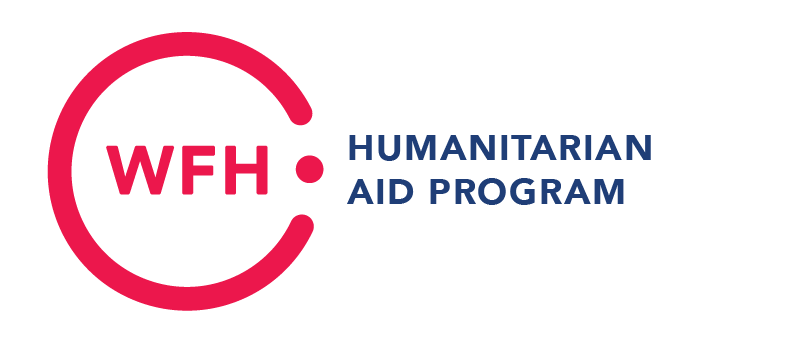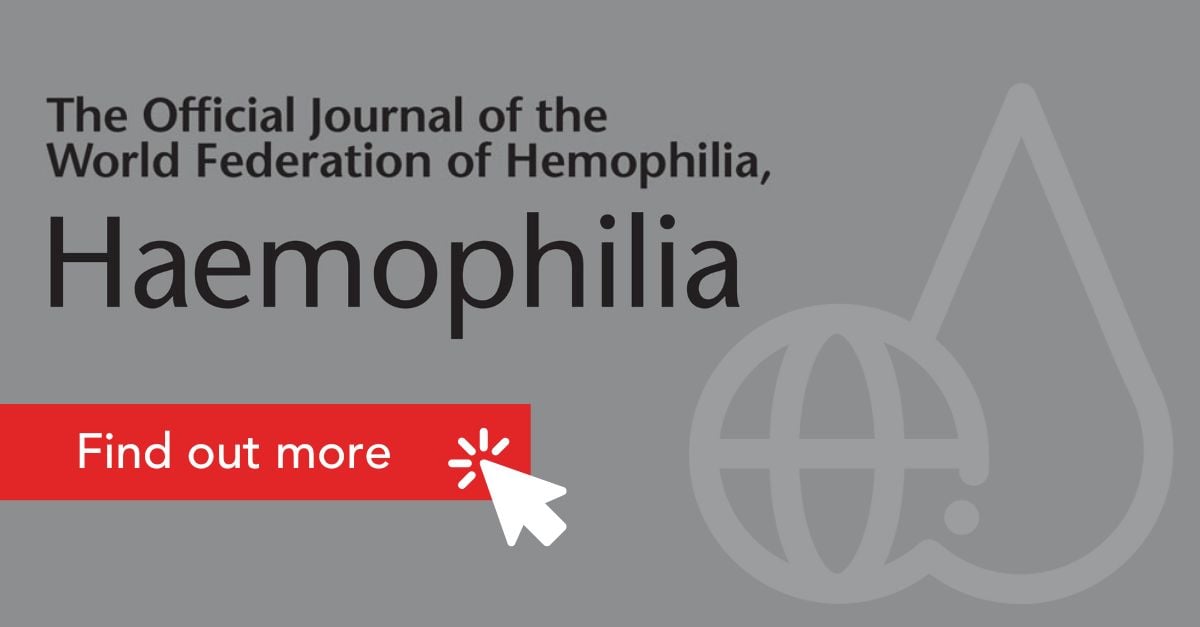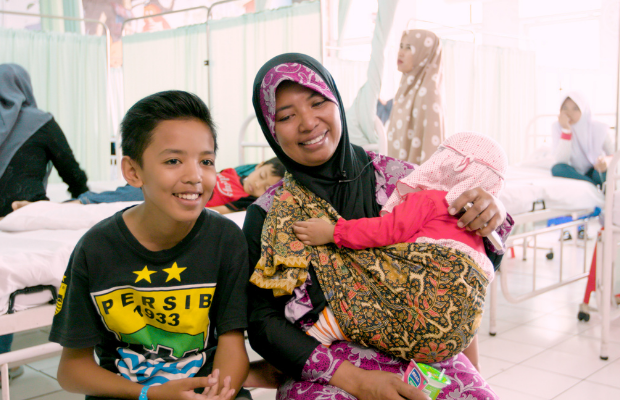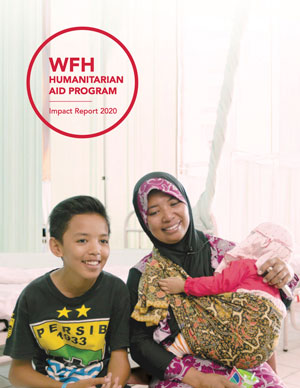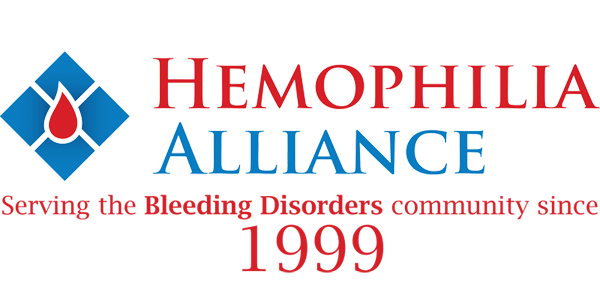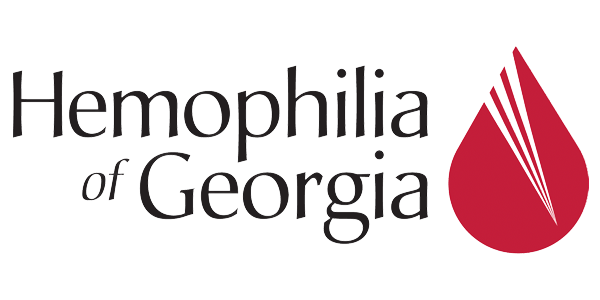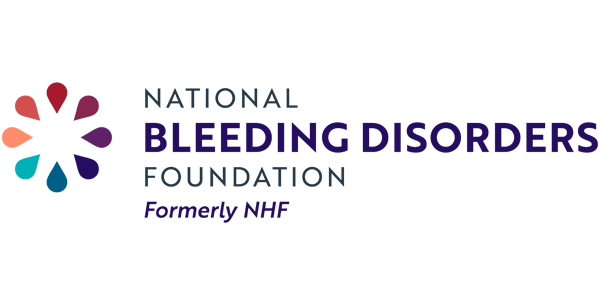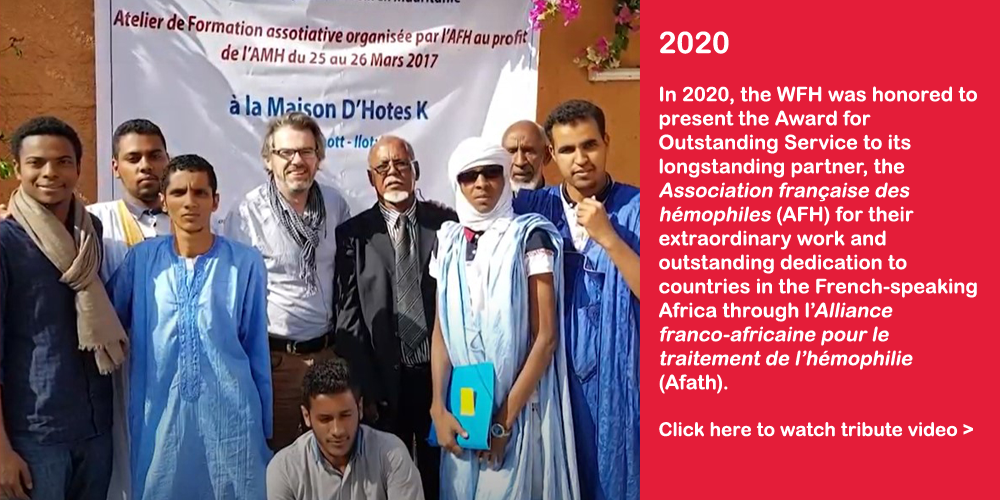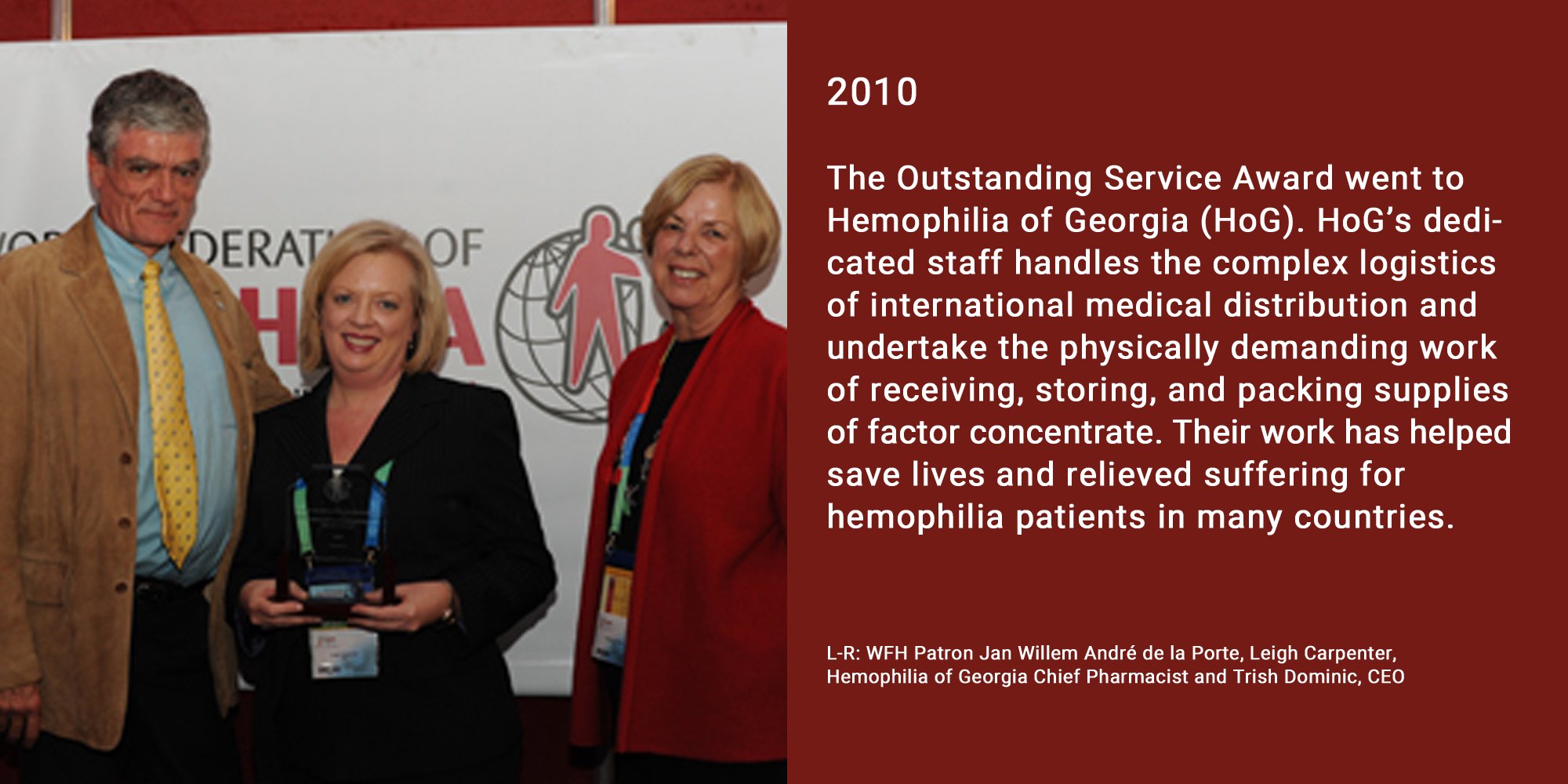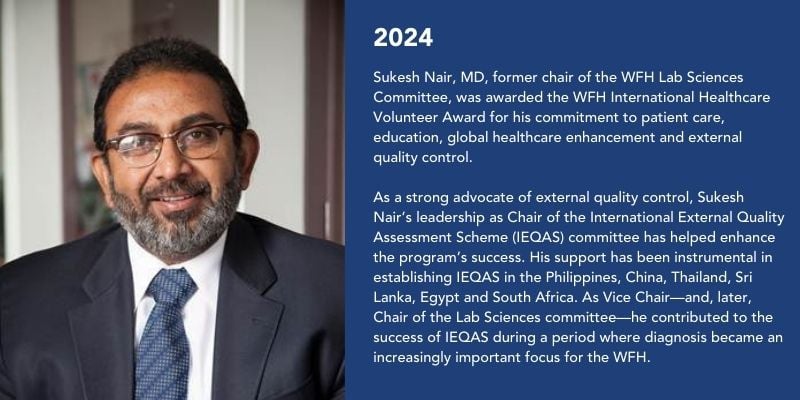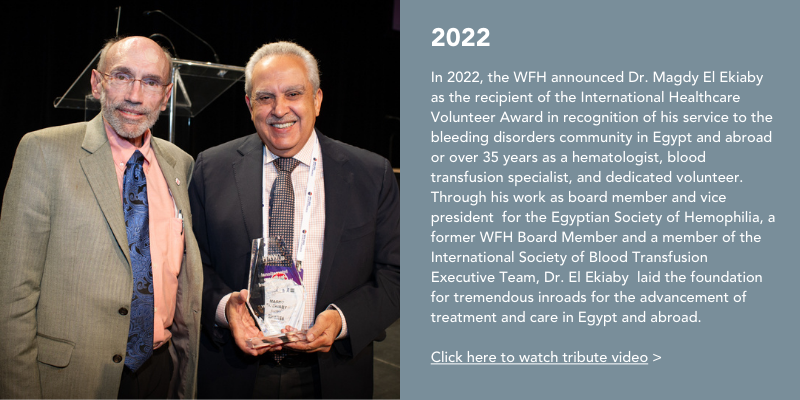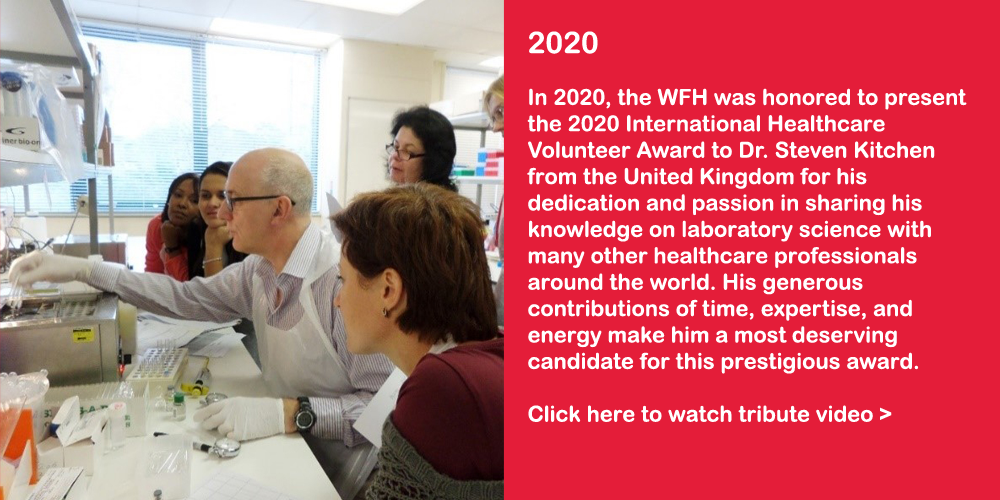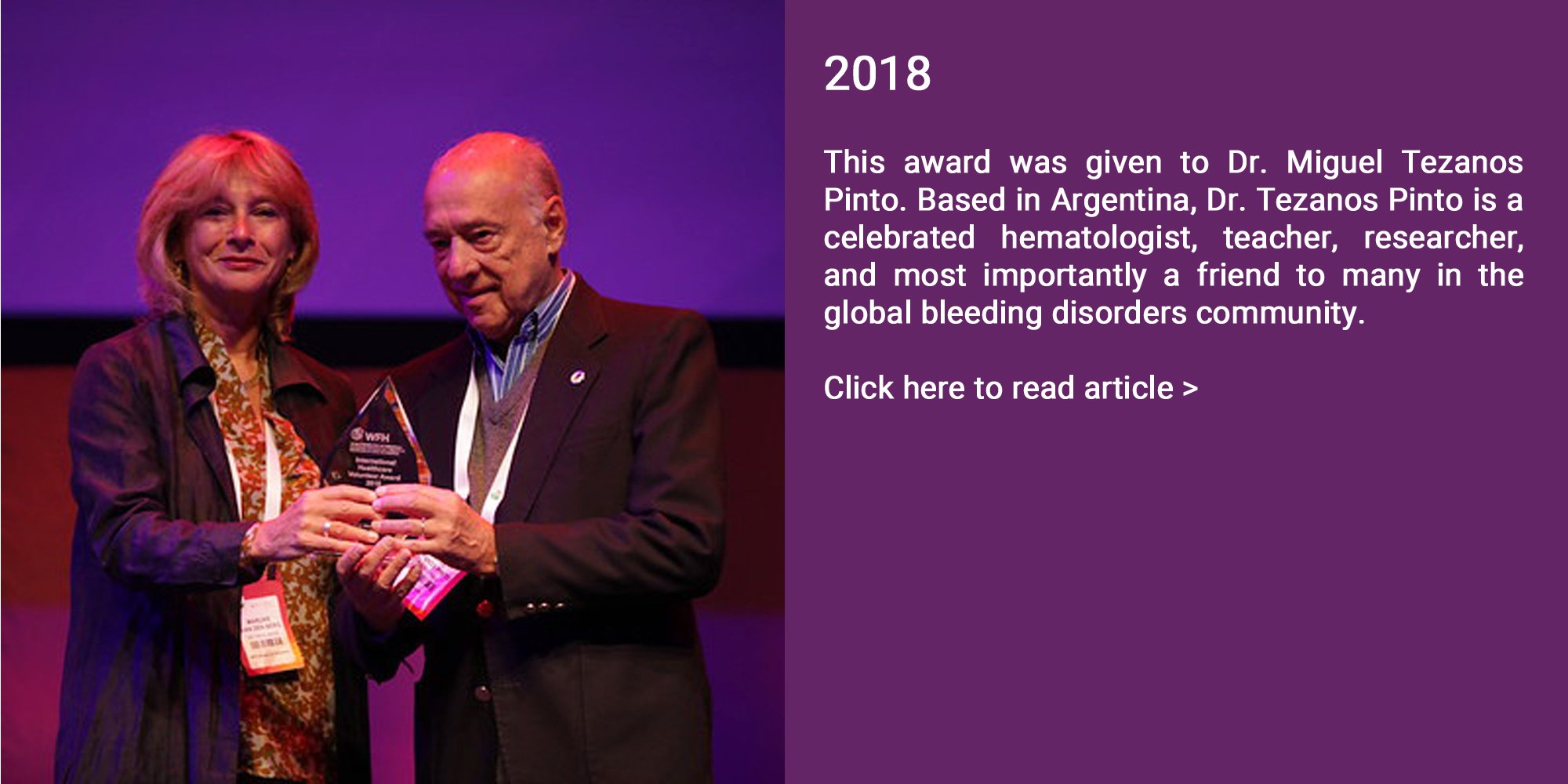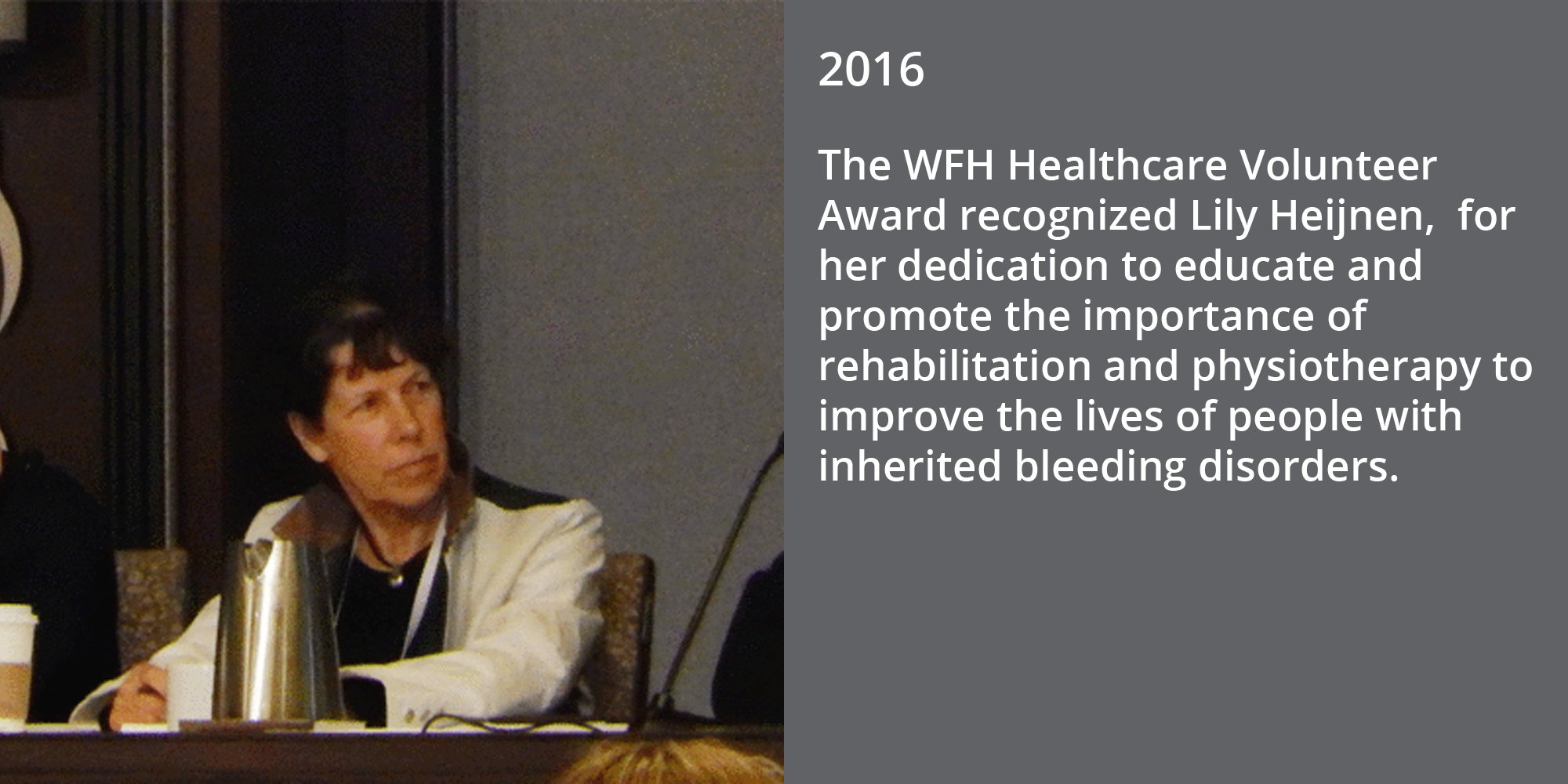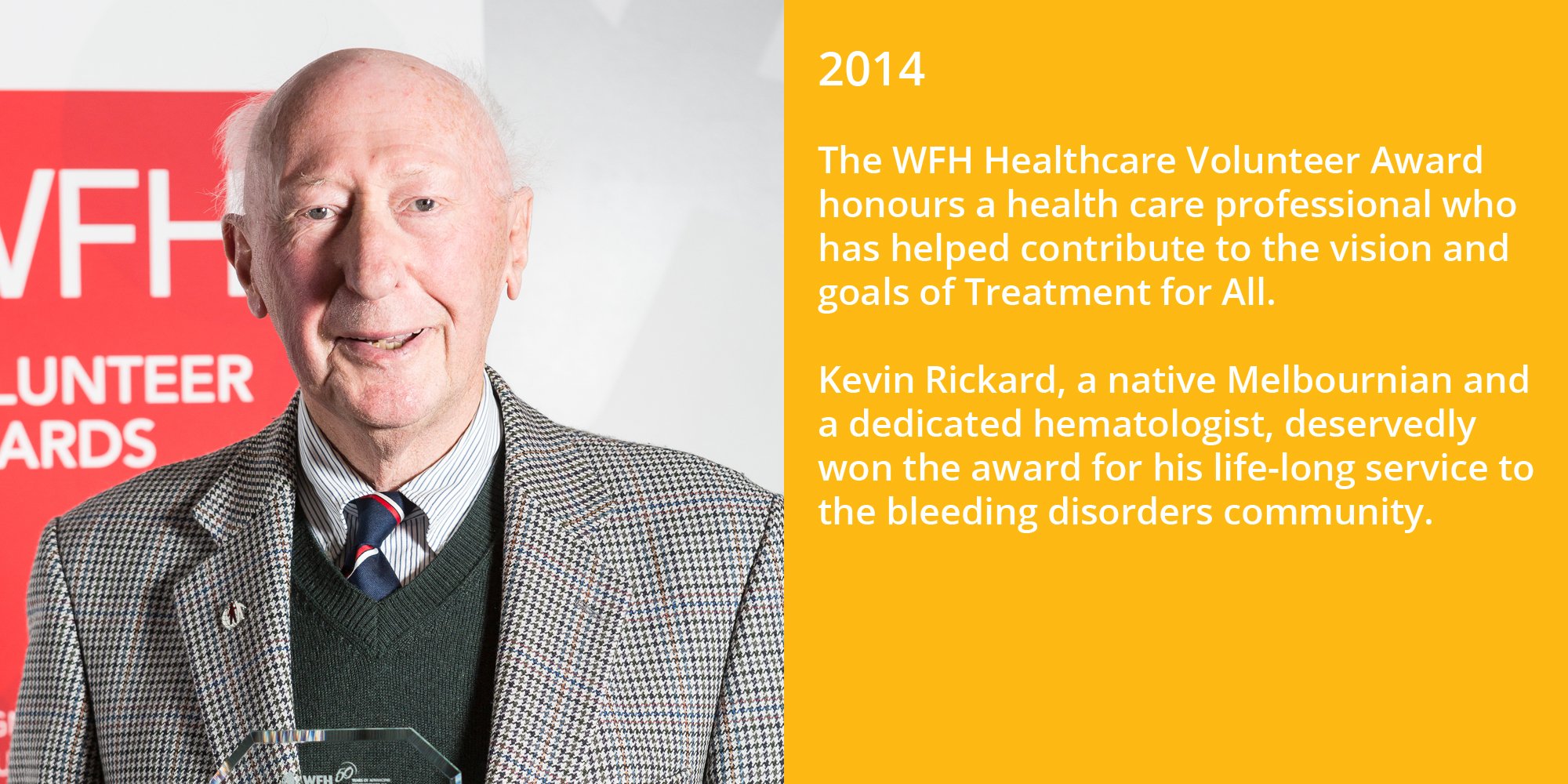The WFH Humanitarian Aid Program was developed to address the issue of access to care by working with national member organizations (NMOs) and hemophilia treatment centres (HTCs) to provide continued access to treatment for emergency situations, acute bleeds, corrective surgeries, and prophylaxis for young children. Making that level of care possible for people affected by a bleeding disorder in developing countries is an urgent and important public health challenge—and one that was magnified in 2020 due to the COVID-19 pandemic. Today, the WFH is releasing the Humanitarian Aid Program Impact Report 2020—a document which shows how the Program supported bleeding disorders communities everywhere last year.
Here are some key performance indicators (KPIs) which show the impact the Program is having in the lives of patients and their families around the world.
In 2020, the WFH Humanitarian Aid Program quickly responded to the COVID-19 pandemic by bringing education online and by collaborating with local organizations facing logistical restrictions in order to ensure that care would not be interrupted. 2020 also saw the WFH deliver the very first shipments of emicizumab to patients—a new prophylactic treatment to reduce the frequency of bleeding episodes in adults and children of all ages with hemophilia A, with and without factor VIII inhibitors. Last year, over 146 million IUs of factor were provided to patients in developing countries, despite the major logistical challenges created by the COVID-19 pandemic, such as reduced shipment traffic and closed borders.
To read the full WFH Humanitarian Aid Program Impact Report 2020, please click here.
About the WFH Humanitarian Aid Program
